Functional Rhinoplasty In Boise, ID
Enhance Nasal Function & Improve Airflow
Price Range: $3,000 – $4,000*
*Can be either out-of-pocket or an insurance-based service; cosmetic changes can be quoted
Average Procedure Time: 2 – 3 hours
Recovery Time: 1 week
Introduction
Functional Rhinoplasty
Functional rhinoplasty in Boise, or “Septorhinoplasty” is a specialized surgical procedure designed to resolve nasal issues that interfere with proper breathing and airflow. While cosmetic rhinoplasty focuses on enhancing the nose’s appearance, functional rhinoplasty is all about restoring and improving nasal function. It’s an essential solution for individuals dealing with structural problems like a deviated septum, collapsed nasal valves, or other obstructions that compromise normal breathing.
During the procedure, Dr. Gray selectively targets deformities of the nasal airway and reshapes and reinforces the nasal structures to optimize airflow. This may include straightening a deviated septum, strengthening weak cartilage, or widening narrowed airways. By addressing these functional concerns, Dr. Gray helps patients breathe easier, enhancing their overall quality of life and well-being.
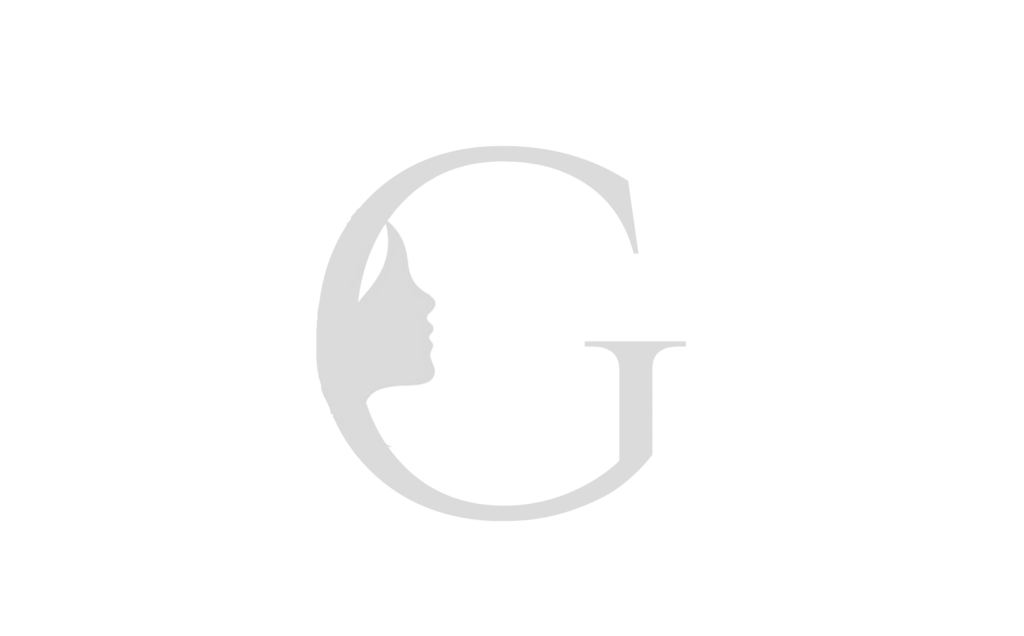
How is Functional Rhinoplasty Performed?
Dr. Gray performs rhinoplasty in Boise under general anesthesia for optimal patient comfort and safety.
In the majority of rhinoplasty cases, Dr. Gray uses advanced “open” techniques. This does require a small incision beneath the nose, allowing for access to the nasal framework that forms the shape of the nose. The “structure” technique means that we are not simply removing things from the nose. Rather, Dr. Gray’s facial plastic surgery background emphasizes re-shaping, re-orienting, and supporting the nasal framework. This is critical for the best long-term functional and aesthetic result. The resultant scar is typically imperceptible within three months for the vast majority of patients.
A crucial component of successful rhinoplasty is a thorough septoplasty. By straightening the septum, we create the foundation for a straight, symmetric nose. Any existing nasal bone deviations are corrected.
Following surgery, an external nasal compressive dressing and cast is applied to support the bones and help with nasal swelling. These are removed during a follow-up visit one week later.
Gallery
Before & After Photos →
Improve Nasal Breathing
Indicators That You May Benefit From Functional Rhinoplasty:
Ongoing nasal congestion
Regular nosebleeds
Trouble breathing through the nose
Constant snoring or mouth breathing
Frequent sinus infections
Nasal deformities impacting airflow
Noisy or strained breathing
Decreased sense of smell
Trust your nose to a Facial Plastic Surgeon
Why choose Dr. Gray for your rhinoplasty?
Choosing a qualified facial plastic surgeon is critical for excellent results. Given that Rhinoplasty is considered one of the most challenging facial plastic surgeries, it is imperative that you make an informed decision.
At Gray Facial Plastic Surgery, we take a specialized approach that sets us apart. While many plastic surgery practices offer procedures for the entire body, we focus exclusively on one area: the face. We believe that this singular, undistracted focus allows for true mastery of the field.
In the U.S., general plastic surgeons who offer rhinoplasty are certified by the American Board of Plastic Surgery, while facial plastic surgeons are certified by the American Board of Facial Plastic and Reconstructive Surgery, which reflects a difference in specialized training. Facial Plastic Surgeons spend their entirety of their training on the face, nose, and neck.
Dr. Gray is one of the only Fellowship-trained Facial Plastic and Reconstructive Surgeons in Idaho with dual training in Otolaryngology – Head and Neck Surgery (ENT). This training pathway allows for the highest level of specialization regarding both the functional and cosmetic aspects of nasal surgery.
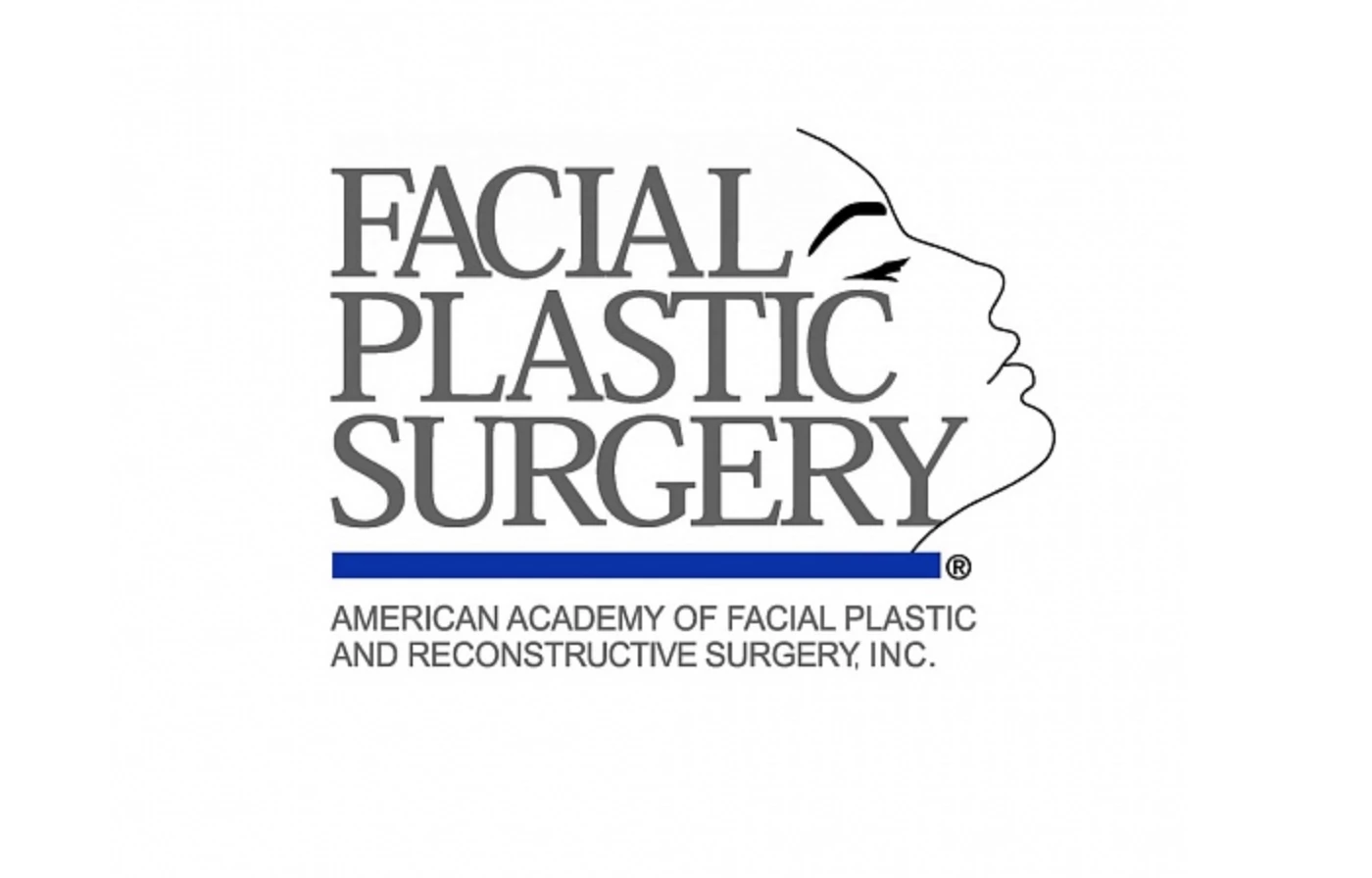
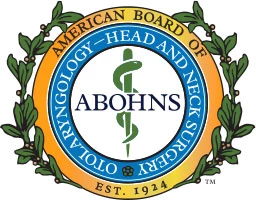
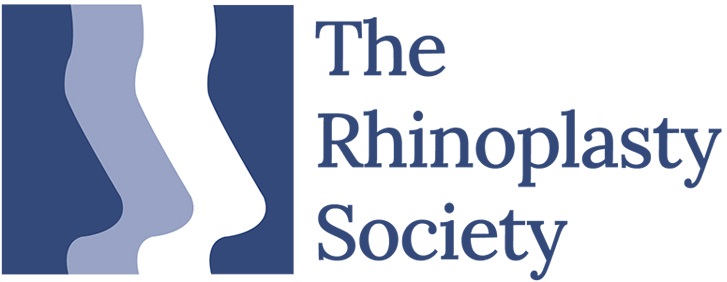
How does Functional Rhinoplasty work?
Functional rhinoplasty in Boise addresses common nasal conditions that can obstruct breathing, such as a deviated septum and nasal valve collapse. A deviated septum occurs when the thin wall of cartilage and bone separating the nostrils is displaced to one side, leading to nasal congestion, difficulty breathing, snoring, and increased sinus infections. This condition is corrected by realigning the septum to restore proper airflow.
Nasal valve collapse, another common issue, involves the narrowing or weakening of the outer or internal nasal valve areas, which can make breathing through the nose difficult. Functional rhinoplasty effectively treats this condition by reinforcing or widening the nasal valves, often using spreader grafts to restore structural support, improve airflow, and reduce nasal obstruction.
One of the most frequent concerns addressed through functional rhinoplasty in Boise is a deviated septum. This condition occurs when the thin wall of cartilage and bone dividing the nostrils, called the septum, is misaligned, causing a blockage in one or both nasal passages. As a result, individuals may experience chronic nasal congestion, difficulty breathing, snoring, and a higher risk of sinus infections.
Through functional rhinoplasty, Dr. Gray can realign the septum, restoring proper airflow and improving overall nasal function.
Nasal valve collapse occurs when the internal or external valve areas of the nose weaken or narrow, making it difficult to breathe properly.
Functional rhinoplasty in Boise offers an effective solution to this issue by strengthening and widening the nasal valves. Dr. Gray uses advanced techniques and places cartilage grafts in areas of relative nasal valve incompetency, restoring structural support, opening the airways and significantly enhancing airflow.
Enlarged nasal turbinates occur when the structures within the nasal passages, responsible for filtering and humidifying the air we breathe, become swollen or overgrown. This can lead to significant breathing difficulties and discomfort. Functional rhinoplasty offers an effective solution by reducing the size of the turbinates. This technique restores proper airflow and significantly improve nasal function.
FUNCTIONAL RHINOPLASTY FAQs
- A deviated septum
- Nasal valve collapse
- Enlarged turbinates
- Chronic nasal congestion or obstruction
- Frequent sinus infections
- Trouble breathing through the nose
- Snoring or sleep issues related to nasal blockages
- A history of nasal trauma or injury
- Improved breathing: Functional rhinoplasty corrects structural issues, enhancing breathing and quality of life.
- Better sleep: Alleviates breathing problems like snoring or sleep apnea, improving sleep and overall health.
- Fewer sinus issues: Reduces nasal obstructions, decreasing the frequency and severity of sinus problems.
Risks associated with rhinoplasty surgery include breathing difficulty, infection, scarring, nosebleeds, septal perforation, asymmetry, or poor cosmetic results. Always make sure to find a board-certified surgeon who specializes in rhinoplasty to minimize the risk of poor outcomes.
Absolutely! Cosmetic and functional rhinoplasty can be seamlessly performed together. Whether the goal is to enhance the appearance of the nose or improve nasal breathing, the surgical approach remains the same. This means that both aesthetic and functional improvements can be achieved in a single procedure, which is a common and efficient approach. By addressing both form and function simultaneously, patients benefit from a beautifully balanced nose that not only looks great but also works optimally.
Nose surgery can open the nasal passages and enhance breathing, which may improve the comfort and tolerance of a CPAP device, the primary treatment for OSA. However, nose surgery by itself is not a complete solution for treating OSA.
Septoplasty is a procedure that straightens or removes part of the nasal septum, the wall dividing the nasal cavities and supporting the bridge of the nose. It is primarily done to address nasal obstruction in this one specific area.
In many patients, however, have multiple areas in the nose causing obstruction. Rhinoplasty, on the other hand, involves reshaping the external cartilage and bone of the nose. Septoplasty is often combined with rhinoplasty to address multiple areas of nasal obstruction, such as the septum, nasal valves, and turbinates.
Functional Septorhinoplasty is typically billed through insurance.
Patients typically recover from a Functional Rhinoplasty in 2 weeks.
Surgery Day:
You’ll arrive at surgical center in the morning for check-in. After your nose surgery, a small cast will be placed on your nose. You’ll rest in the recovery area and go home the same day. Cold compresses, head elevation, and rest are important for the first evening.
1 Day Later:
You may experience some swelling or bruising around your nose, though most patients report little to no pain, managed with Tylenol. A small amount of prescription pain medication is provided just in case. Take it easy for the week, avoid exertion, and use saline spray frequently.
1 Week Later:
During your post-op check-up with Dr. Gray, the cast and will be removed. Most patients are ready to resume normal social and work activities, though mild congestion and internal swelling may still feel like a head cold.
2 Weeks Later:
Swelling and bruising are nearly gone, and the incision under your nose is barely noticeable. A small amount of overall swelling may still be present.
Functional (for nasal breathing) Rhinoplasty can be covered by insurance; however, it is unpredictable how much an any insurance plan will cover outright, and they typically require prior authorization, submission of photographs, and documentation of nasal trauma or nasal obstruction that fails medical management.
For select patients with a desire for cosmetic changes AND also have functional nasal issues/breathing difficulty, it is possible to request insurance for a portion of the surgery and a quote can be provided for the cosmetic portion of the case.
Schedule a consultation to review options.
Patient Reviews
"Choosing Dr. Gray for my rhinoplasty was one of the best decisions I’ve ever made. From my initial consultation to the final result, Dr. Gray and his team made me feel comfortable and confident every step of the way. I was always self-conscious about my nose, but Dr. Gray listened to all of my concerns and crafted a plan that suited my facial features perfectly. The results are beyond what I could have imagined—my nose looks natural, balanced, and I finally feel like the best version of myself. The entire experience was smooth, and the recovery was faster than I expected. I can’t thank Dr. Gray enough for his expertise and care!"
"I couldn’t be happier with my facelift experience with Dr. Gray. From the moment I met him, I knew I was in great hands. He truly listened to my goals and concerns, and his attention to detail was incredible. The results are beyond what I expected—my face looks rejuvenated, youthful, and completely natural. Dr. Gray’s skill and artistry have given me a fresh, lifted appearance without looking overdone. The entire process, from consultation to recovery, was seamless, and his team was supportive every step of the way. I feel more confident than ever, and I’m so grateful to Dr. Gray for helping me feel like myself again!"
"I’m absolutely thrilled with the results of my scar revision surgery with Dr. Gray. For years, I was self-conscious about a large facial scar that never seemed to fade. From the first consultation, Dr. Gray was compassionate and knowledgeable, explaining every step of the process and setting realistic expectations. The procedure went smoothly, and the results are better than I could have imagined. The scar is now barely noticeable, and my confidence has been completely restored. Dr. Gray’s precision and expertise truly made all the difference. I can’t thank him enough for giving me back my confidence!"
